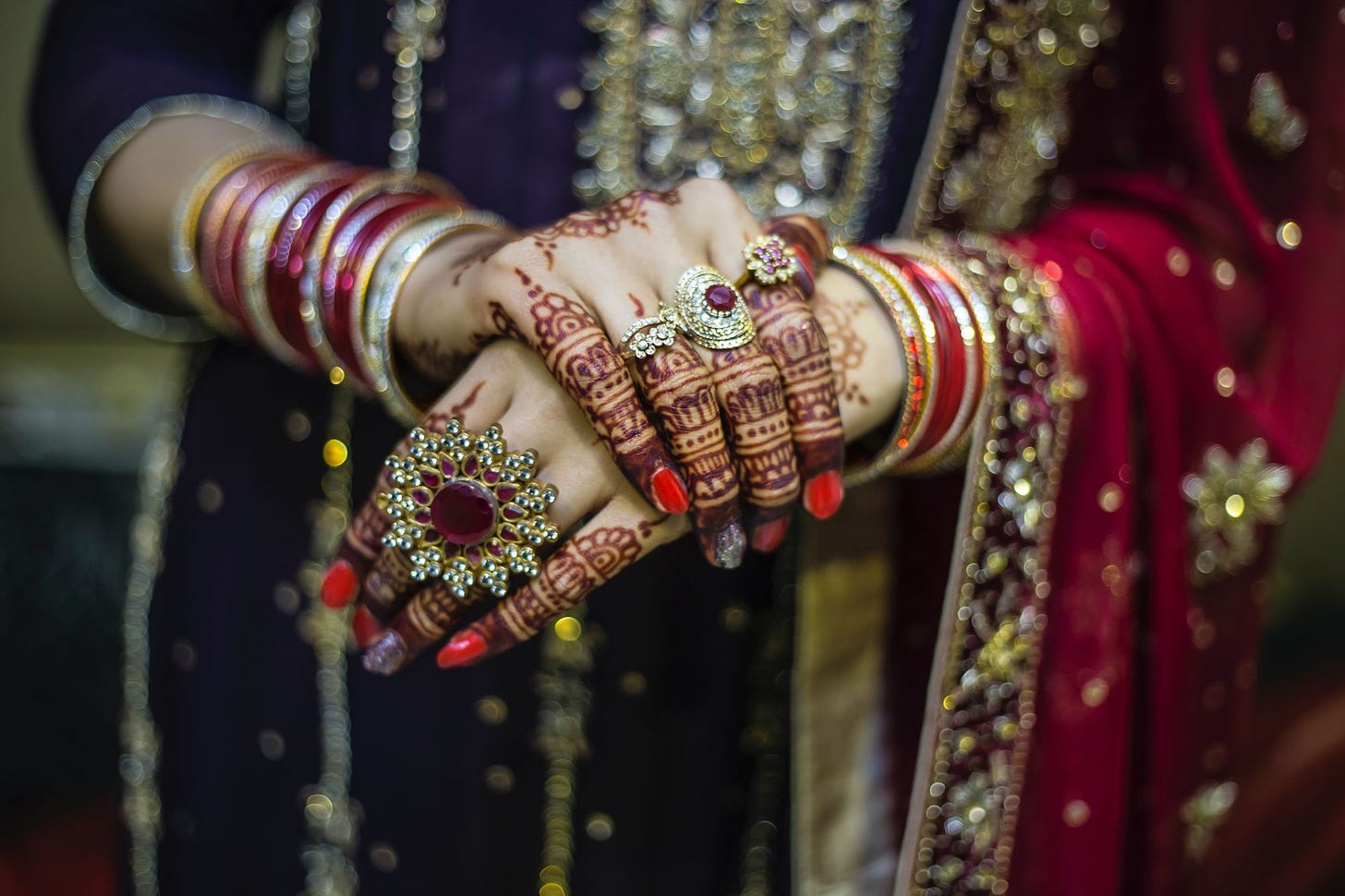Ever since I wrote Furtive I've been thinking more and more about ancient marriage practices and how different ways of thinking about marriage can manifest in my storytelling.
Quick Facts
Most civilizations in the Fertile Crescent treated princesses as a diplomatic corps.
There was a strong cultural taboo against the daughters of Egyptian Pharaohs were being married off to foreign rulers.
In Ptolemaic Egypt, second- or third-generation Greek immigrants born in Egypt were most likely to marry outside their ethnic group. (Source)
In Japan during the early Kamakura period, marriage had no impact on a daughter's inheritance rights; she kept her name and her husband had no claim on her property.
The Inca practiced pantanacuy, a "trial marriage" period of "premarital cohabitation." The Augustinian missionaries were pretty upset about it.
Guilds to Castes
In West Africa's first "Commercial Age," villages would specialize in different kinds of manufacturing, then sell products at a central market town. Ironworkers took this specialization to an extreme, creating so many taboos and rituals that they monopolized the skill, creating guilds. Leather workers, potters and other tradesmen started doing the same thing. They wanted to make sure their grandkids continued in the tradition and started marrying their kids to each other. So basically, one way castes can develop is basically through the marriage practices of monopolistic trade guilds. (Source)
Tradition Keepers
Wives who marry into a foreign tribe often feel so "exposed and insecure" that they start imitating the social norms of their adopted culture with exacting precision. This is important because it offers a counterpoint to the idea that intermarriage between tribal groups might be a reason for changes in culture. (Source)
Corruption Support
As clan chiefs in East Africa started to take advantage of their position to build enormous cattle herds around 1000 CE, strategic marriages helped them preserve power. The chiefs would contract marriage alliances with many families in different places in order to give those families a stake in the "new order." The rise of cattle-keeping also led directly to the elimination of women as chiefs. (Source)
No Equal
We don't know that much about Ottoman harems, but they were basically large households. The harem of a prosperous household would include wives and/or concubines. Concubines were relatively high status, but technically slaves. Once they had a child they couldn't be sold, and they were freed upon their husband's death. As the power of the Ottomans grew, sultans stopped taking wives entirely; subsequent rulers were all the children of concubines.
If you found this interesting, you may also enjoy my article about failed marriages in folklore.


